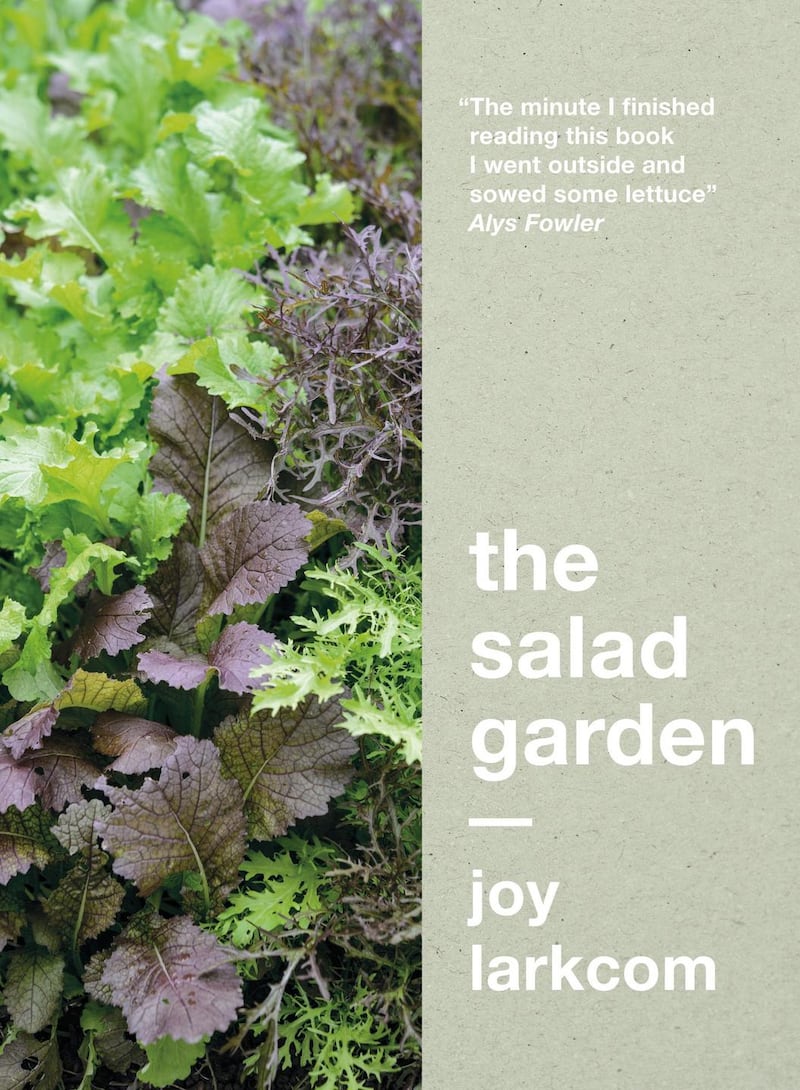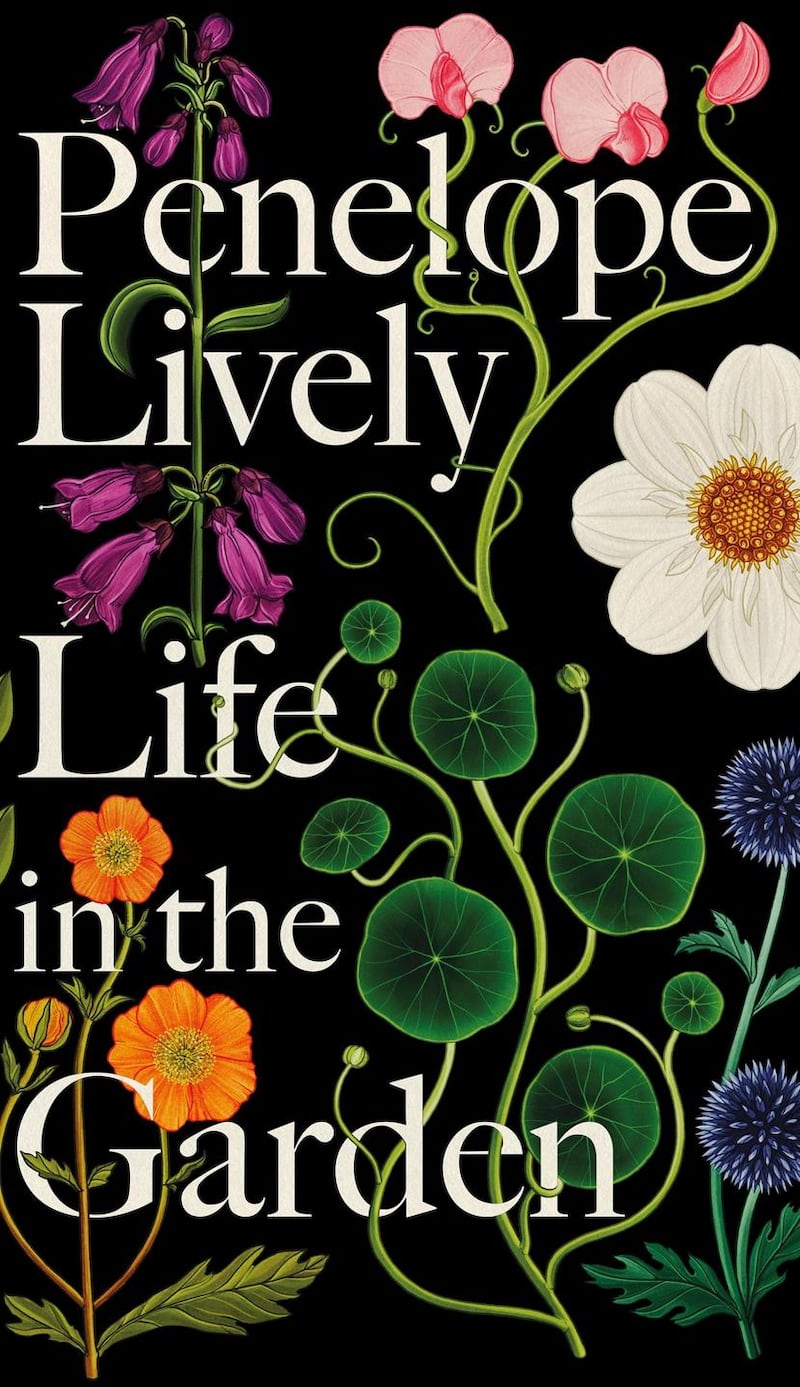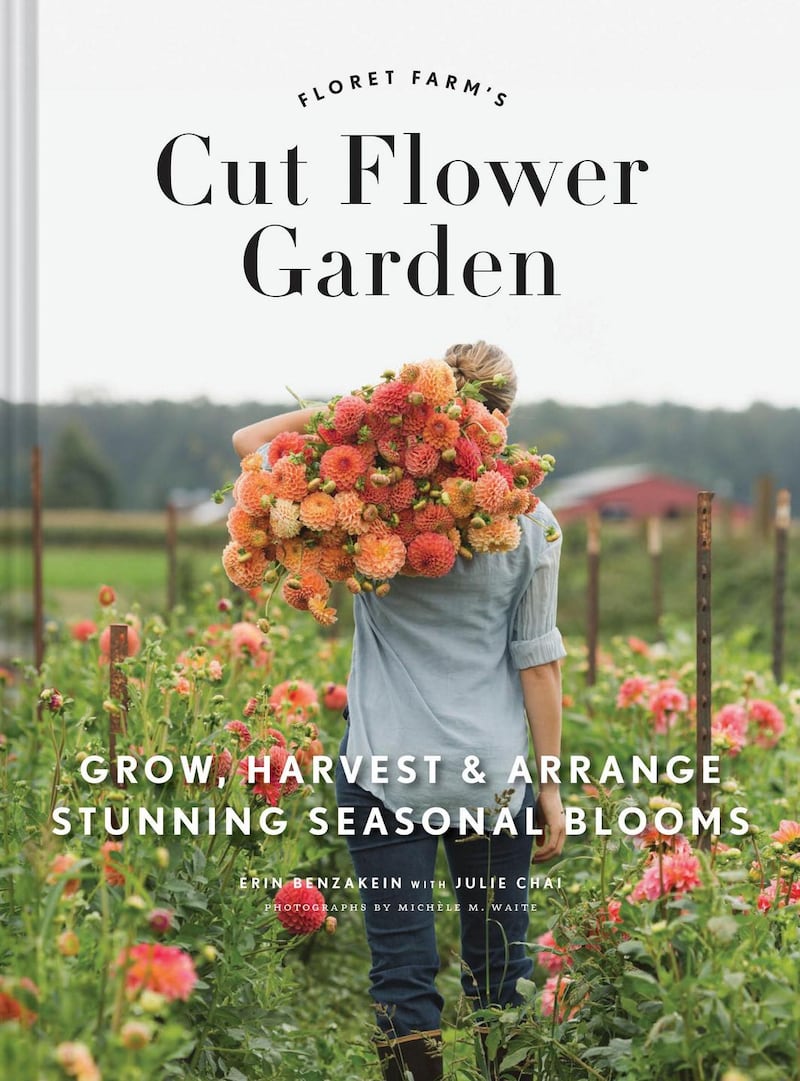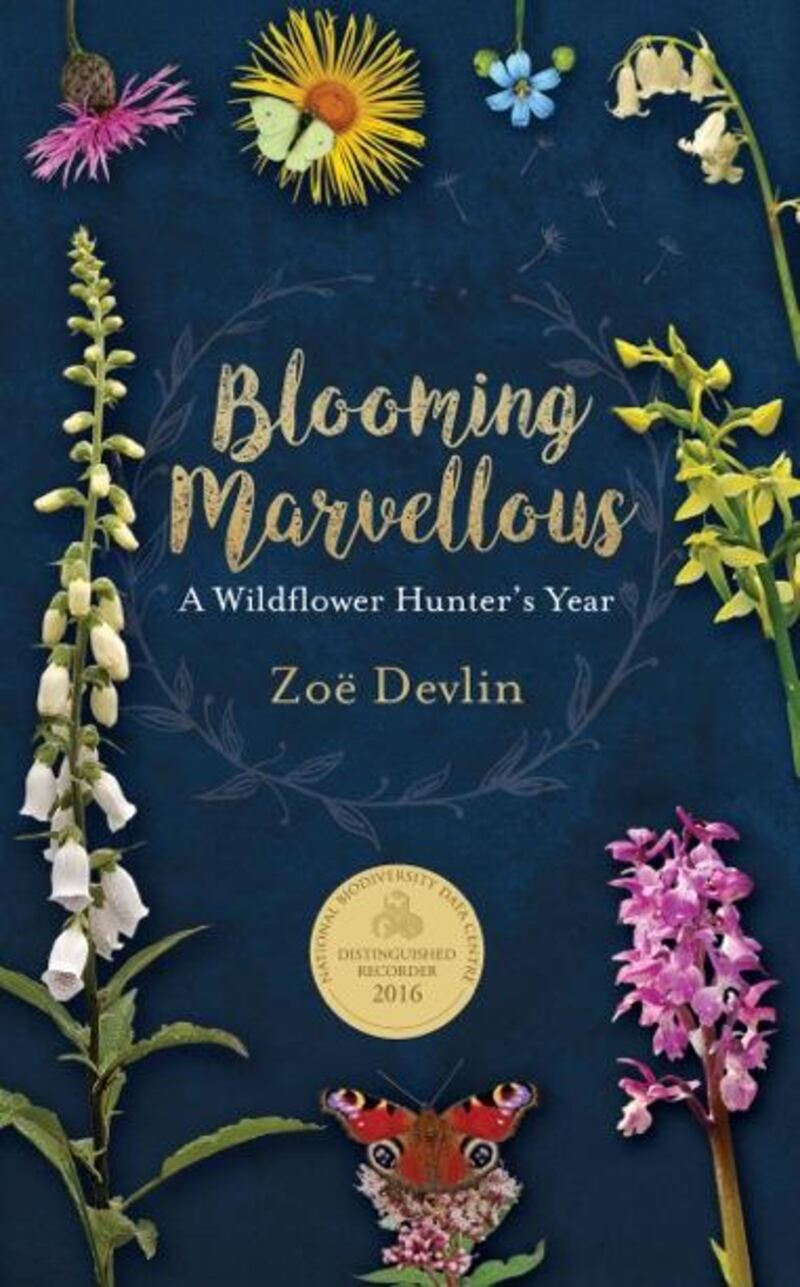If ever there was proof that the very best gardeners are often also the oldest gardeners, then it’s in this year’s crop of gardening books.
These offerings contain contributions from no less than three octogenarians and one nonagenarian, several of whom are also recipients of the prestigious RHS Veitch Memorial Medal for outstanding contributions to horticulture.
Similarly noteworthy is that this year’s round-up includes a clutch of much-loved gardening classics which first appeared in print decades ago but have been thoroughly revised and updated for a new generation.

The first of these is The Salad Garden by Joy Larkcom, the esteemed Cork-based writer, organic gardener and RHS Veitch Medal holder who has probably done more than any one else to transform the contents of the average salad bowl. First published in 1984, the extensively-revised and updated 2017 edition is beautifully penned, rigorously researched and generously illustrated, making it the perfect gift for all kitchen gardeners. (Frances Lincoln, £16.99).

The writings of Beth Chatto, the influential British plantswoman and designer (and another recipient of the RHS Veitch Medal) have long graced the bookshelves of passionate gardeners, including her book The Woodland Garden which first appeared in print as in 2002. This year's revised and updated edition, renamed as Beth Chatto's Shade Garden: Shade-Loving Plants for Year-Round Interest and published by Pimpernel Press (£30), includes a new foreword by Chatto, now in her 95th year, as well as a new afterword by David Ward, Garden and Nursery Director at Beth Chatto's famous garden and nursery in Essex. Eminently practical yet inspirational, it's a book that gardeners will find themselves returning to again and again.

So is American gardener Tracey DiSabato-Aust's recently-revised and updated The Well-Tended Perennial Garden, first published in 1998 and one of the best-selling gardening books of all time. Covering the most up-to-date methods of pruning, propagation, and pest control along with expert advice on plant selection, it's a modern classic (Timber Press, £25).

While the octogenarian British author Penelope Lively is best known as an award-winning writer of fiction for both children and adults (she's a previous winner of the Booker Prize as well as both the prestigious Carnegie Medal and the Whitbread Award for Children's Fiction), her latest offering Life in the Garden is something entirely different.
“The two central activities in my life – alongside writing – have been reading and gardening and I always pay attention when a writer conjures up a garden,” writes Lively, as she muses on the significance of famous gardens/gardeners from the world of literature as well as those that contributed to her own lifelong evolution as a gardener, from the arid Egyptian gardens of her childhood to her present tiny plot in urban north London. Wide-ranging, eclectic and entertaining, it’s a good bedside book for those of us who relish the feel of “chocolate earth” beneath our fingernails (Fig Tree, €17).
One person who surely does is the celebrated British plantsman and plant hunter Roy Lancaster (yet another famous octogenarian gardener and winner of the RHS Veitch medal as well as the recipient of a CBE for services to horticulture and charity). His autobiography, My Life with Plants (RHS publications, £25) is a tale of derring do in which Lancaster recounts the fascinating story of his education as a gardener from his schoolboy discovery of a rare Mexican tobacco plant growing in a local allotment near his home in Lancashire and his National Service posting in the tropical jungles of Malaya, to his many subsequent plant-hunting expeditions to China and Russia.

In comparison with these seasoned gardeners, the Washington-based organic flower farmer Erin Benzakein might seem a mere horticultural stripling but that would be a woeful underestimation of her influence on a new generation of gardeners and homegrown cut-flower lovers. Indeed, such was the worldwide demand for her first book, Floret Farm's Cut Flower Garden: Grow, Harvest, and Arrange Stunning Seasonal Blooms, that this beautifully illustrated, hugely informative publication is already on its eighth print run (Chronicle Books £19.99).
Yet another organic gardener with a growing international following is permaculturist and No-Dig proponent Charles Dowding. Co-written with the kitchen garden consultant-chef Stephanie Hafferty, their award-winning No Dig Organic Home & Garden: Grow, Cook, Use and Store Your Harvest is a comprehensive guide to the best methods of self-sufficient-ish, sustainable food-growing (Permanent Publications £19.95).
The perfect paperback stocking-filler is Peter Wohlleben's The Hidden Life of Trees: What They Feel, How They Communicate – Discoveries from a Secret World. It has the world's tree-huggers – and I proudly include myself among these ranks – hollering for joy (William Collins, £6.99). So does the British garden designer and author Dan Pearson's Natural Selection: A Year in the Garden, a collection of his exquisitely-penned gardening columns for the Observer, for whom he was a much-loved contributor for a decade (Guardian Faber Publishing, £20).

Closer to home, Zoe Devlin's Blooming Marvellous: A Wildflower Hunter's Year is yet another handsome publication that should grace the bookshelves of all keen Irish gardeners, if only to serve as a valuable reminder of the wealth of natural, native beauty contained within our gardens yet so easily and so often overlooked (Collins Press, €19.99)
This Week in the Garden
Take some time off from the toil of Christmas shopping to go foraging for decorative foliage, pretty seed-heads, berries, branches and pine cones that can be used to make natural Christmas decorations.
Examples include holly, ivy, pittosporum, brachyglottis, rosemary, Scots pine, juniper, yew, eucalyptus, faded hydrangea flowers, viburnum, ozothamnus, teasels, poppy seedheads, rosehip, hawthorn berries and honesty. But make sure to always forage responsibly, with the consent of the landowner, respect for wild habitats and never in public parks or gardens.
Take advantage of any dry weather over the coming weeks to tidy up your glasshouse/polytunnel and give it a wash down using warm, soapy water and a soft, long-handled brush to clear away fallen leaves and algae deposits that are reducing the intensity/quality of light inside the structure. When it comes to cleaning the hard-to-reach roof of your polytunnel, use an old, damp bed sheet – with one person holding either end – to gently rub away the grime.
In very cold weather, cover any plants growing in your polytunnel/glasshouse with a couple of layers of horticultural fleece and if severe frosts are forecast, consider installing a frost-protection heater. Finally, in the event of a heavy snowfall don’t allow it to build up too deeply on the roof of your glasshouse/polytunnel as the added weight can cause structural damage. Instead use a soft brush, an old sheet or a leaf-blower to gently remove it.

If your lawn is looking just a little too shaggy and unkempt for your liking, then it’s okay to mow it at this time of year as long as the weather’s not too cold and/or wet and the ground isn’t waterlogged.
Just make sure to put the lawnmower blades at their highest setting and check that the ground is firm and clear of any fallen debris/branches by walking it before cutting. If your footprints leave an obvious imprint on your lawn, then hold off until soil conditions improve.











